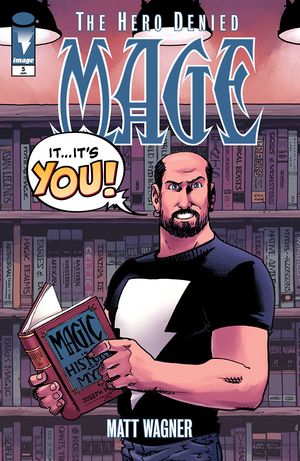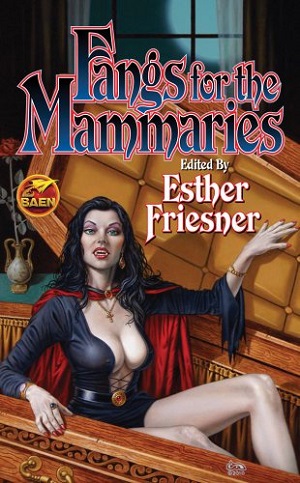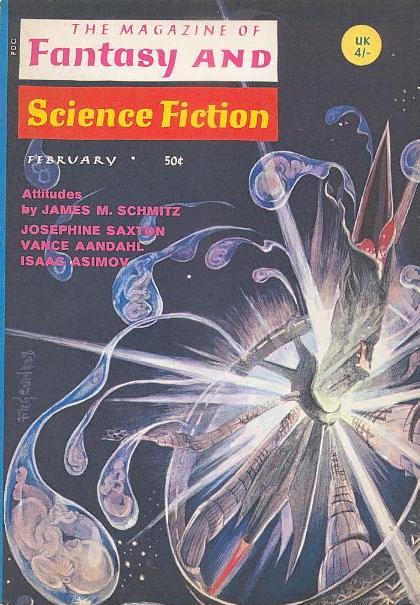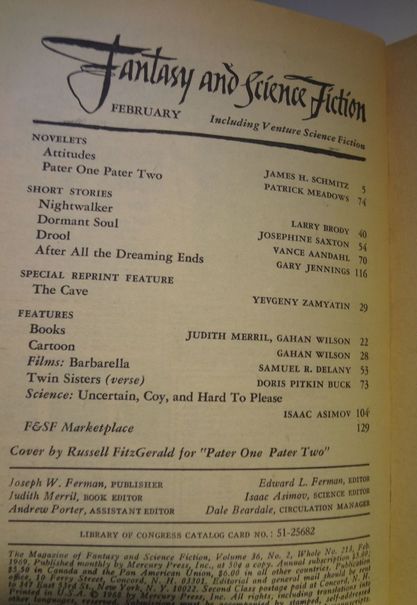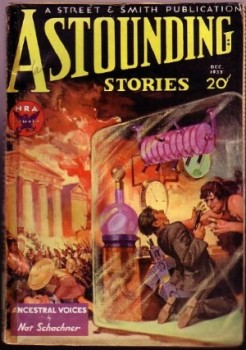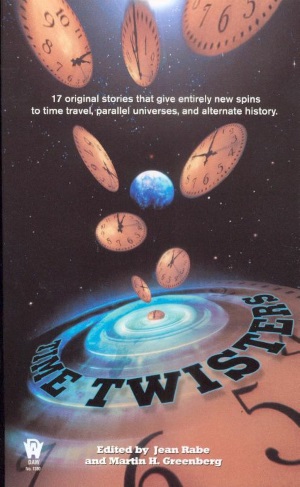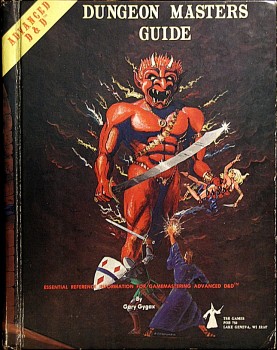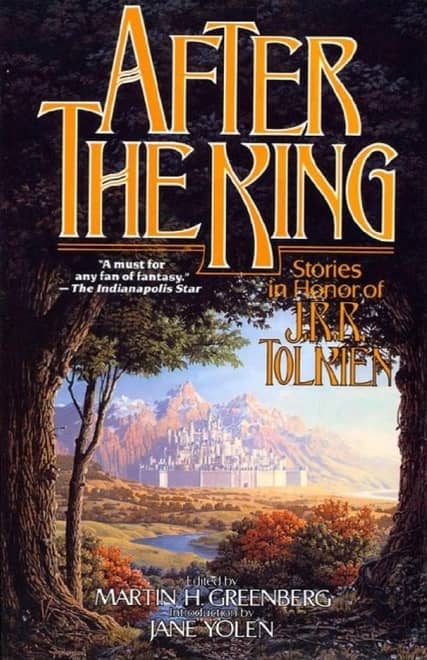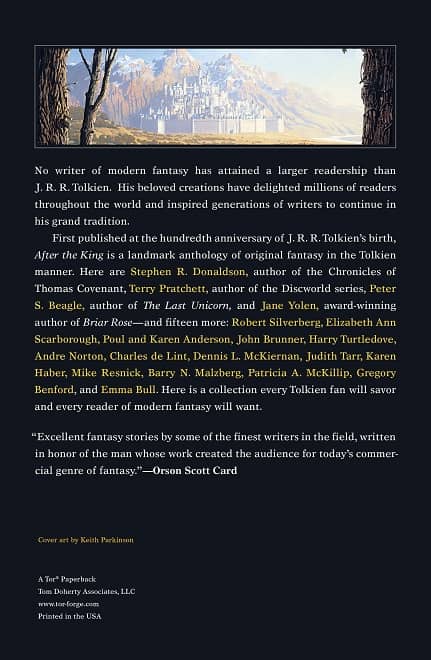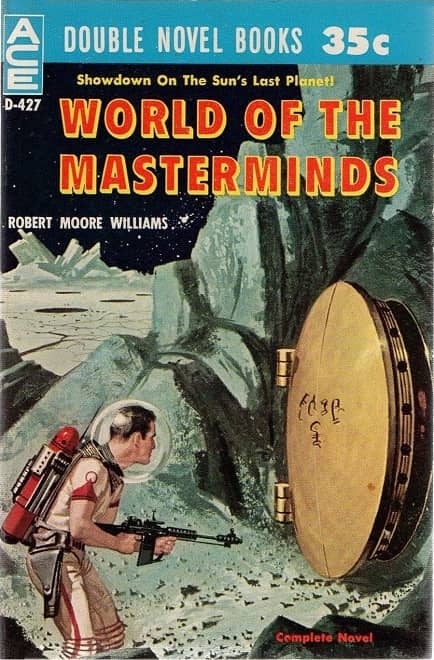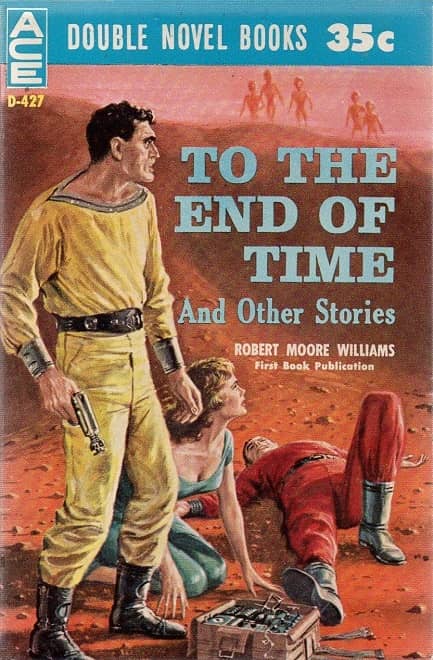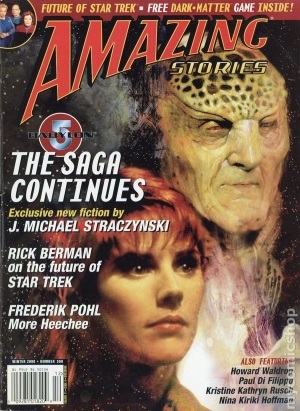Birthday Reviews: Alex Bledsoe’s “Shall We Gather”
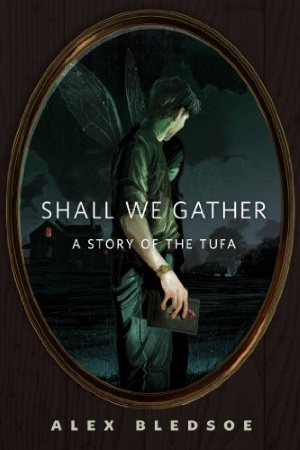
Alex Bledsoe was born on February 3, 1963. His story “The Big Finish” appeared in the June 1998 issue of Crossroads and his first novel, The Sword-Edged Blonde, which kicked off the Eddie LaCrosse series, was published in 2007. To date, the series includes five novels and a short story. He co-wrote the novel Sword Sisters with Tara Cardinal.
“Shall We Gather” was purchased by Paul Stevens for Tor.com, appearing on May 14, 2013. At the same time, it was released as an e-chapbook by Tor.com, and would later be included in the e-anthology The Stories: Five Years of Original Fiction. It is part of his Tufa series, which began with the novel The Hum and the Shiver and continued through five additional novels, with The Fairies of Sadieville scheduled for an April release.
“Shall We Gather” is set in eastern Tennessee in Bledsoe’s mythical Cloud County, where a fantastic race, the Tufa, have lived since before the coming of the Native Americans. Akin to Celtic fairies, the Tufa do not permit any churches to be built in the county, where most inhabitants have at least some Tufa blood.
When Old Man Foyt, one of the few humans who lives in Cloud County, is dying, he requests that Methodist minister Craig Chess attend to him to help him pass to the other side. After checking with his girlfriend, a Tufa, to ensure that his presence won’t offend the Tufa, Chess travels to help ease Foyt. Before he can enter the house, however, he is approached by Mandalay Harris, a powerful Tufa, who wants him to find out from Foyt whether the Tufa will face the same God as Christians upon their death. She believes that since Foyt has lived his entire life in Cloud County, something of the Tufa has infiltrated him and he might be able to share the answer with Chess at the moment of his death.
Despite Chess’s trepidation about entering Cloud County to perform in his capacity as a minister, all of the interactions between him and the Tufa or humans are completely amicable. The way Harris phrases her question for Foyt is interesting and seems Christiancentric rather than assuming a central place of her own race in her worldview.
